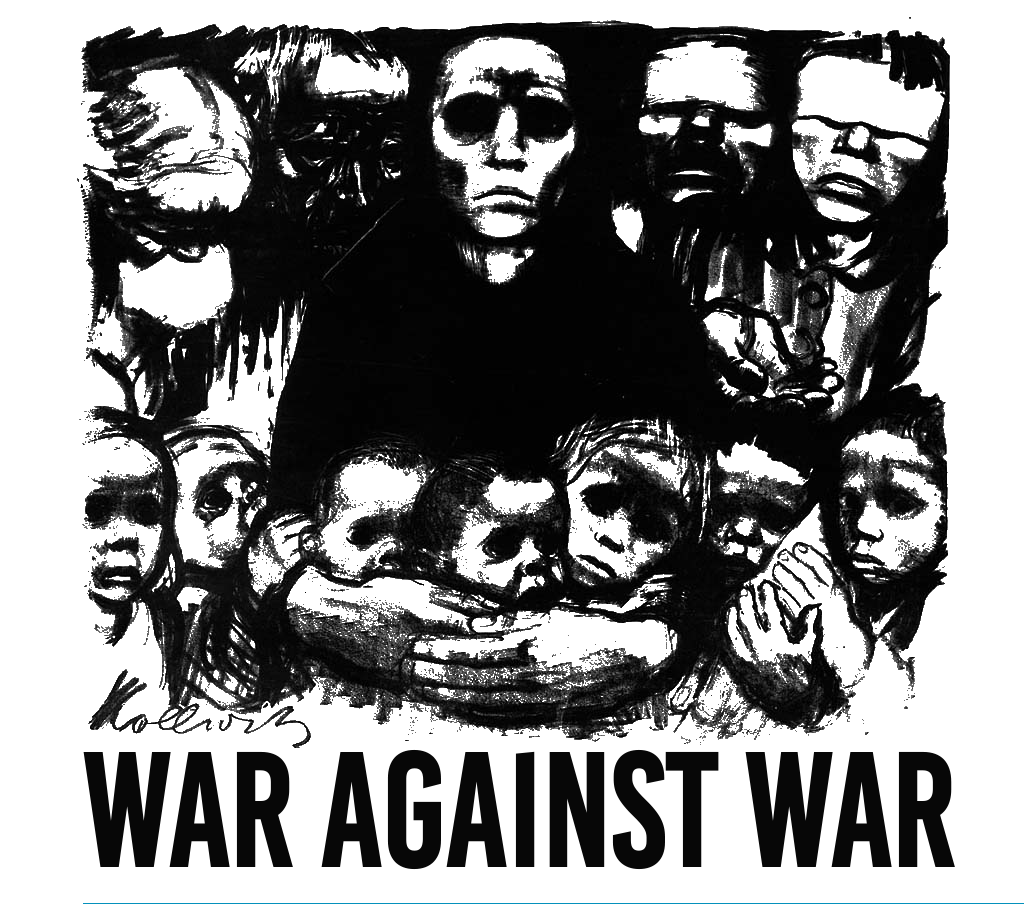Territorial control is a central variable for civil war research – yet, we lack sufficiently detailed data to capture subnational dynamics and offer cross-country coverage. This article advances a new measurement strategy for territorial control in asymmetric civil wars. Territorial control is conceptualized as an unobserved latent variable that can be estimated via observed variation in rebel tactics. The strategy builds on a theoretical model of rebel tactics, by which rebels use terrorism less when they control a given area – preferring conventional tactics, which require higher levels of territorial control. The latent variable, territorial control, is estimated via a Hidden Markov Model (HMM). As an observable indicator for rebel tactics, I leverage geo-coded event data and a function of the relative frequency of terrorist attacks and conventional war acts, weighted by time and distance. The model yields estimates of territorial control for asymmetric civil wars at a resolution of 0.25 decimal degree minimum diameter hexagonal grid cells. Validation of estimates for the Colombian and Nigerian civil wars suggests HMMs as a fruitful avenue to estimate spatiotemporal variation in territorial control.
This was originally published on SAGE Publications Ltd: Journal of Peace Research: Table of Contents.
